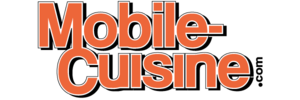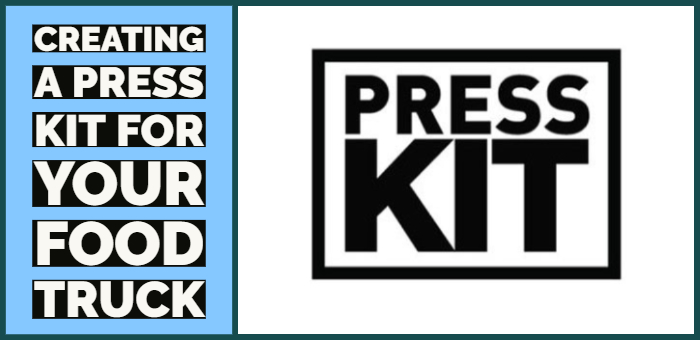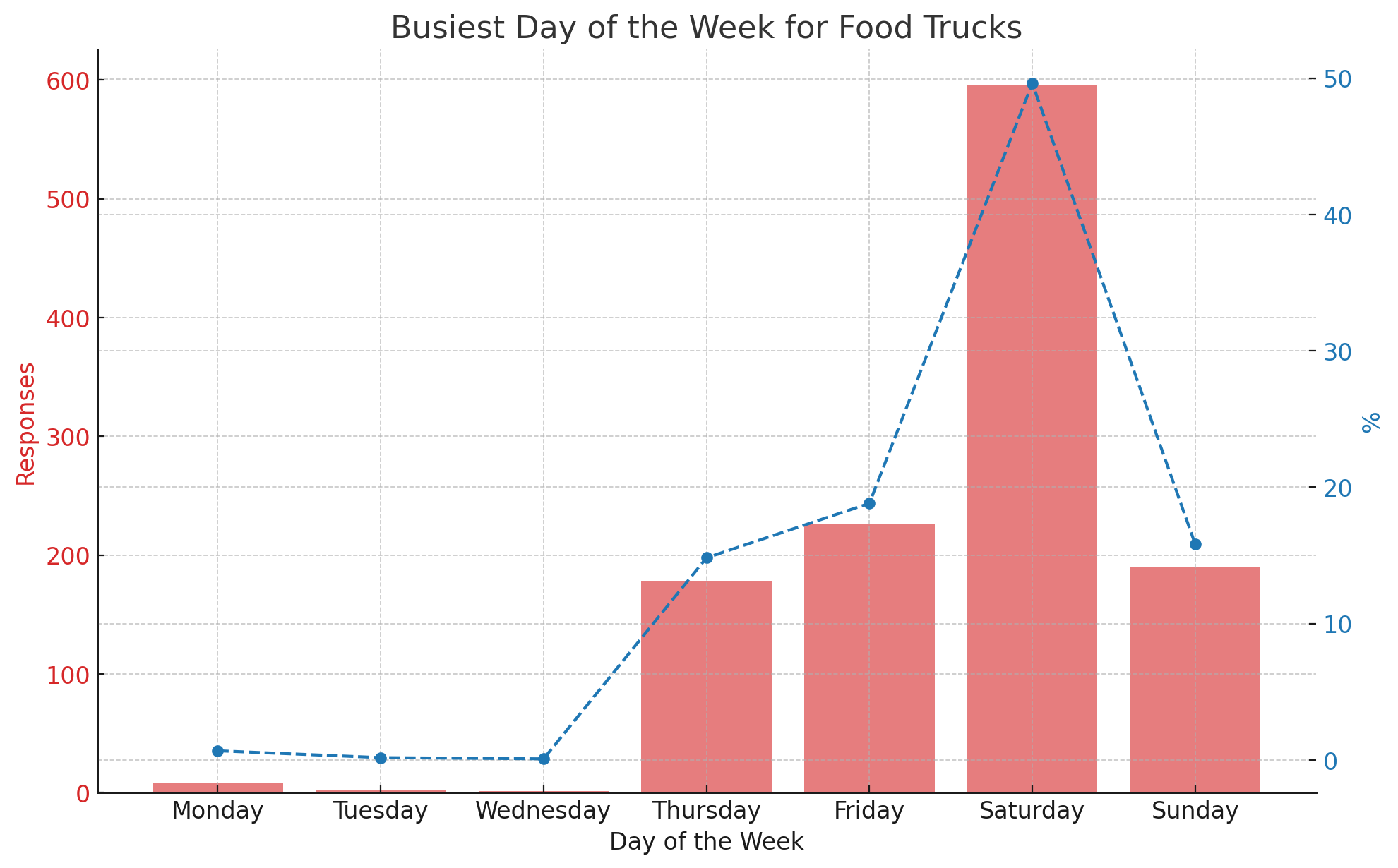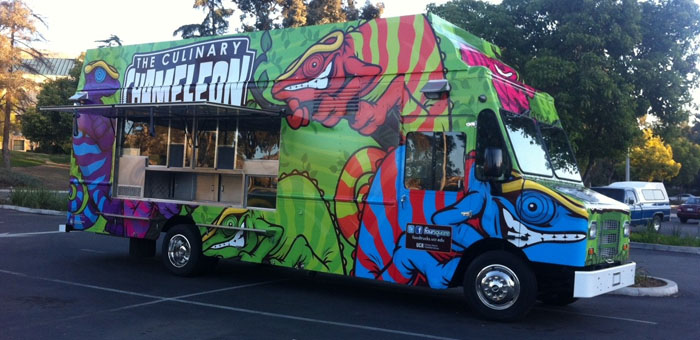We were recently informed that more journalists and reporters prefer to use online press kits to gather research information on food trucks as opposed to the old style hard copy press kits. Why? Because the Internet is a 24/7 operation and a busy reporter on deadline can jump online and cruise through an online press kit without having to wait for an overnight package or fax.
Many food truck owners are embracing this new form of media relations and have already created their own press kit. Like your Web site, your online press kit should contain certain elements and be simple to navigate.
Do’s and Don’ts” for creating your own food truck online press kit:
Do’s:
Be easy to locate on your Website. This link should appear prominently in the site’s menu or on the home page. Reporters don’t have time to search for it.
Provide materials commonly used by the media. A general press kit usually contains background of the truck, FAQ, and profiles of key individuals or spokespeople. This is what a reporter will want to see when they visit your online media room. The purpose of providing these common documents is to minimize any extra work a reporter will need to do to get what they need.
Other important items to include are high-resolution, digital photos, high-resolution digital logo graphics, and of course your press releases.
Include the media coverage you may have already received. When you or your truck has been covered by the media (preferably the favorable stuff), it will help to legitimize your business to show it off.
However, be careful about copyright issues when re-posting articles. If you or your truck has appeared in the media, use anything from audio clips, video clips, and links to the media outlets’ web site in your online media room’s “In the Press” page.
A simple email to the author or editor can work as verification for reprint permission.
Include media contact information. If the person handling your media relations is not an employee of the business, be sure that the contact info in the online media room directs reporters to the person who is.
If a reporter reaches out and their request is lost in cyberspace, chances are, they won’t come back.
Don’ts:
Combine info for both the public AND the media. Ideally, the information provided for the media should be separate from content intended for the public or consumers. One reason is that it makes it more difficult for the media to find what it wants, and another is because it reduces your control over the info provided to the media.
Messaging is very important, and while it can sometimes vary for the public, it should always be consistent for the media – after all, your messaging is what they’re using to cover you with.
Require a reporter to make numerous requests for additional info. There are always going to be some things that you do not want to provide online on a constant basis. This could include certain photos of you and your truck and even your logo.
Feel free to say “please contact us for photos of our team and truck,” or “please contact us for a high resolution image of our logo.” The point of your press kit is to provide the media with most of what it needs. Make it easy for them to write about you.
Be out of date. Update press kit materials as needed, and try to keep a current press release available. This means even if it wasn’t distributed on the wire or to reporters directly.
By keeping a timely supply of “news,” in your media room, it will be obvious to the media that it receives your attention.
Other Helpful Tips:
- Use links, not email attachments. Media rooms with media libraries should allow you to upload your documents and create a URL to their location online. Provide this to the media instead of an e-mail attachment. When was the last time you opened an email from a stranger that had an attachment? Did you open it?
- Use a blog. Blogs are a great way to discuss your food truck or the mobile food industry. Press members often use a company blog when researching for a story.
The Bottom Line
By following these tips and by putting yourself in the shoes of a journalist, you will be able to develop an online presence that is both informative and convenient. Do this and you’ll meet the demands of the media and increase the likelihood of gaining editorial exposure for your food truck business.
Do you have a press kit for your food truck? We’d love to see them. Share the link or your thoughts on this topic in the comment section, our food truck forum or social media. Twitter | Facebook




